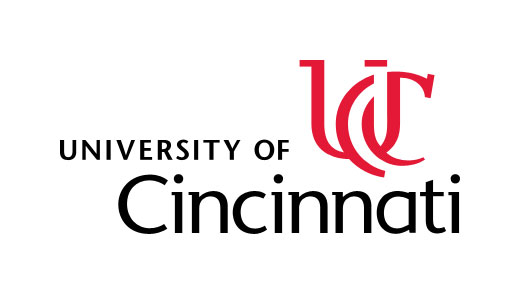Mechanisms of Walking Recovery After Stroke
| Status: | Completed |
|---|---|
| Conditions: | Neurology |
| Therapuetic Areas: | Neurology |
| Healthy: | No |
| Age Range: | 30 - 90 |
| Updated: | 3/17/2019 |
| Start Date: | July 2016 |
| End Date: | December 2017 |
Subjects with stroke will have behavioral testing and brain imaging before and after a 4-week
control period and a 4-week exercise intervention.
control period and a 4-week exercise intervention.
Subjects with stroke will have behavioral testing and brain imaging before and after a 4-week
control period and a 4-week exercise intervention using high-intensity interval training.
control period and a 4-week exercise intervention using high-intensity interval training.
Inclusion Criteria:
- age 30-90 years
- unilateral stroke experienced >6 months prior to enrollment in middle cerebral artery
(MCA) territory without complete disruption of the putamen on the lesion side
- walking speed <= 1.0 m/s on the 10 meter walk test
- able to walk 10m over ground with assistive devices as needed and no physical
assistance
Exclusion Criteria:
- MRI incompatibility (e.g. metallic or electronic implants, severe claustrophobia)
- inability to perform mental imagery (time dependent motor imagery screening test
[TDMI])
- evidence of significant arrhythmia or myocardial ischemia on treadmill ECG stress
test, or significant baseline ECG abnormalities that would make an exercise ECG
uninterpretable
- recent (<3 months) cardiopulmonary hospitalization
- unable to communicate with investigators or correctly answer consent comprehension
questions
- significant ataxia or neglect (score of 2 on NIH stroke scale item 7 or 11)
- severe lower extremity (LE) spasticity (Ashworth >2)
- recent (<3 months) illicit drug or alcohol abuse or significant mental illness
- major post-stroke depression (PHQ-9 ≥10) in the absence of medical management
- participating in physical therapy or another interventional research study;
- recent (<3 months) paretic LE botulinum toxin injection
- concurrent progressive neurologic disorder or other major medical, orthopedic or
peripheral vascular conditions that would limit improvement
- pregnancy
We found this trial at
1
site
University of Cincinnati The University of Cincinnati offers students a balance of educational excellence and...
Click here to add this to my saved trials
